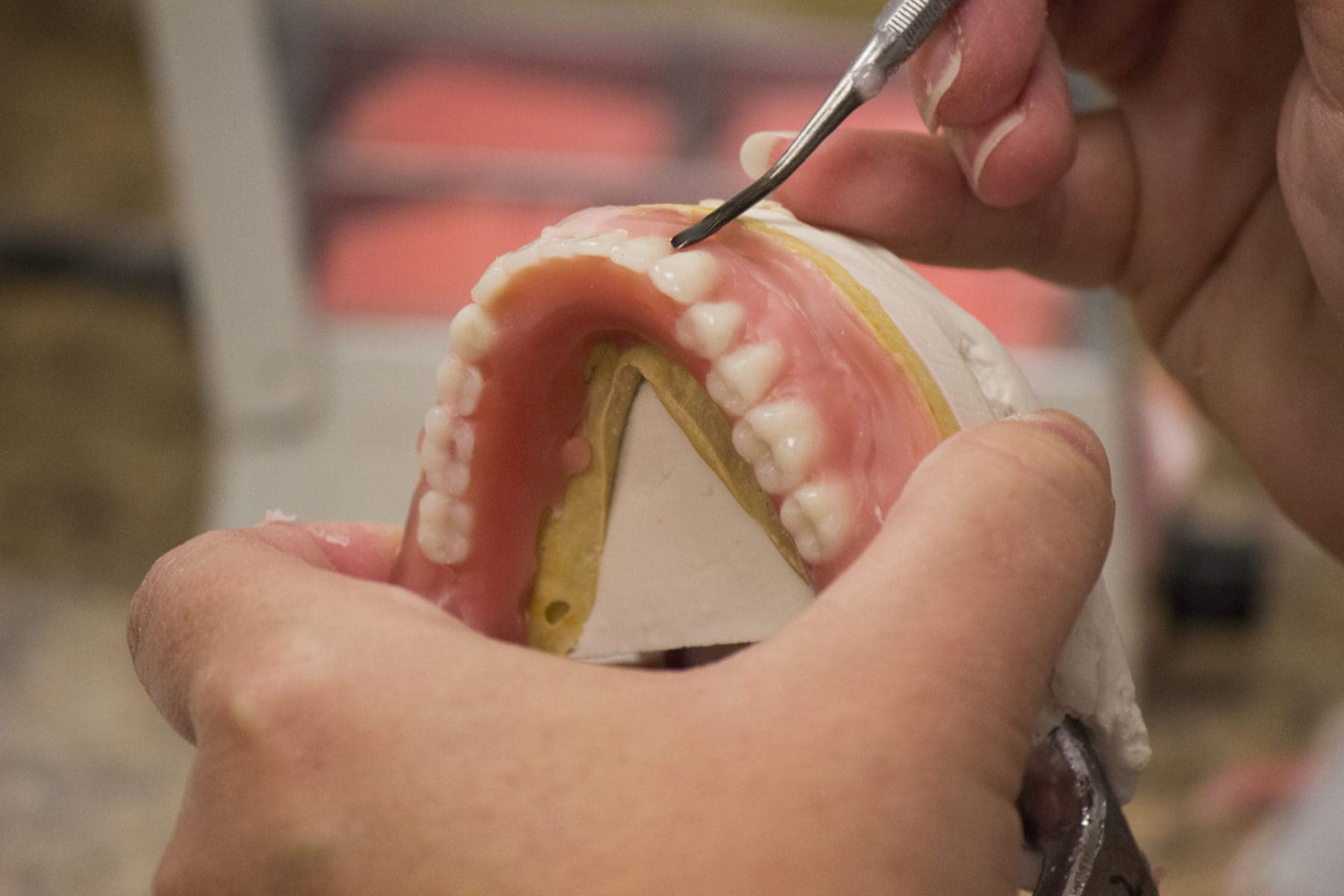Whether it’s a cracked tooth, missing teeth, or something similar, dentists typically rely on the traditional impression process to create a restoration for their patients. However, and as you surely know, patients don’t enjoy the traditional route. Yet, they need well-fitting restorations to enjoy their life and daily activities. That’s where digital dentistry comes in. Through the use of advanced technology, digital impressions have begun to take over traditional practices. If you’re not familiar with digital dentistry or digital impressions, this is your chance to learn how they can be beneficial to your practice and patients alike.
Digital Impressions – What Is It?
Using the latest technology, dentists can use digital impressions to create computer-generated replicas of their patient’s hard and soft mouth tissue. Lasers and other optical scanning devices are used to accurately capture impression data in just a few minutes. Compared to traditional impressions, patients and dentists alike prefer digital impressions because they are more convenient and less messy. And since the data is captured digitally, you’ll be able to easily transfer information to create restorations without using stone models.
Types of Digital Impressions
There are two types of digital impressions: you can capture images of your patient’s mouth by digital photograph or digital video. As mentioned above, these images are precisely captured by lasers that safely scan your patient’s mouth. Your patients will be relieved knowing they don’t have to put the dreaded impression material in their mouth. Instead, a powder-coated spray will be applied to their teeth prior to scanning to ensure that every part of the impression is captured accurately.
Benefits of Digital Impressions
There are several benefits of using digital impressions for you and your patients. It all starts with how accurate and convenient digital impressions are. The traditional stone process is vulnerable to several measurement errors that can lead to ill-fitting restorations. Avoid more chair time and more visits from your patients by capturing impression data accurately the first time. Your patients will also enjoy how quickly they’ll receive their perfectly fitting restoration.
Benefits for Dentists
Digital impressions reduce the risk of impression-taking errors, which leads to better-fitting restorations.
Digital impressions can be stored and transferred on electronic files, which makes it easier to keep track of records.
Is your practice interested in going green? Digital impressions can reduce your need for disposable plastic trays and impression material that would typically be discarded to a landfill.
Benefits for Your Patients
Digital impressions can be taken in a few minutes, which means less chair time.
Your patients will love to hear that they no longer need to put distasteful impression material in their mouths.
Not having to go with the traditional impression process will help patients feel more comfortable with your dental team.
The scan will capture the teeth that need to be restored as well as opposing teeth and bite, meaning it can all be done in one visit.
Procedure of Perfecting the Single-Unit Case
Now that you know the benefits, let’s go over the process of creating restoration from digital impressions. Below is a step-by-step breakdown that shows exactly how to go about perfecting the single-unit case.
Case Planning
Every patient has different restoration measurements and needs. In order to deliver the best fitting restoration, an evaluation needs to be conducted to determine the viability of implant placement.
Diagnostic Wax-up
Some cases will require the use of a diagnostic wax-up to help determine the best way to achieve optimal results. The wax-up provides a modded-based surgical guide that can help determine the correct placement.
Digital Impression
Using the power of laser scanning technology, your patient’s digital impression will be captured accurately and stored. The digital file can then be shared with our labs, making the process quick and efficient.
Scan Bodies for Digital Scans
To ensure the accuracy of the digital scan, most implant manufacturers utilize scan bodies. The more accurate information can then be transferred to the digital model created from the impression.
Creating the Perfect Restoration
Finally, once we’ve received the files, we’ll begin creating the best fitting restoration for your patients.
Choose Us for Your Digital Dentistry Needs
Does your dental practice already have an intraoral scanner? Could your practice benefit from working with a full-service dental solution? Then work with the Digital Design Dental Labs (DDDL) team. We’ll help you deliver convenient and accurate restorations to your patients. Your patients will be ecstatic knowing their restoration will get to them quickly, eliminating the need for temporary crowns. For all your digital dentistry needs, contact us today.



